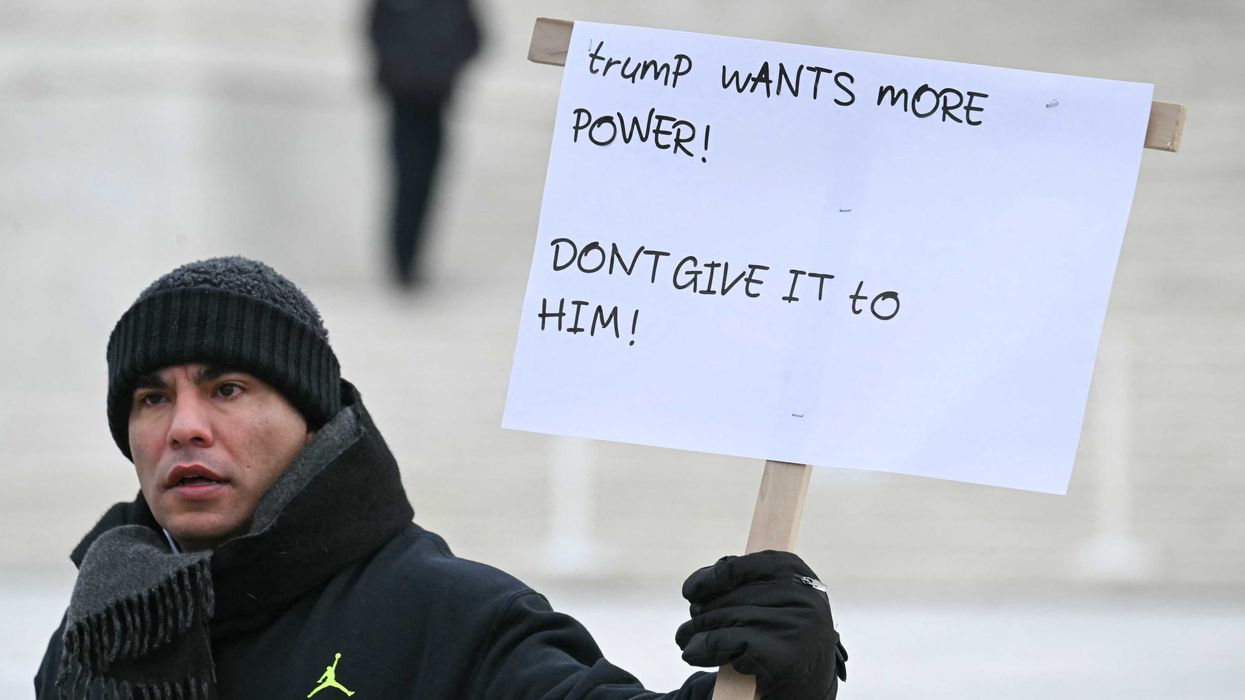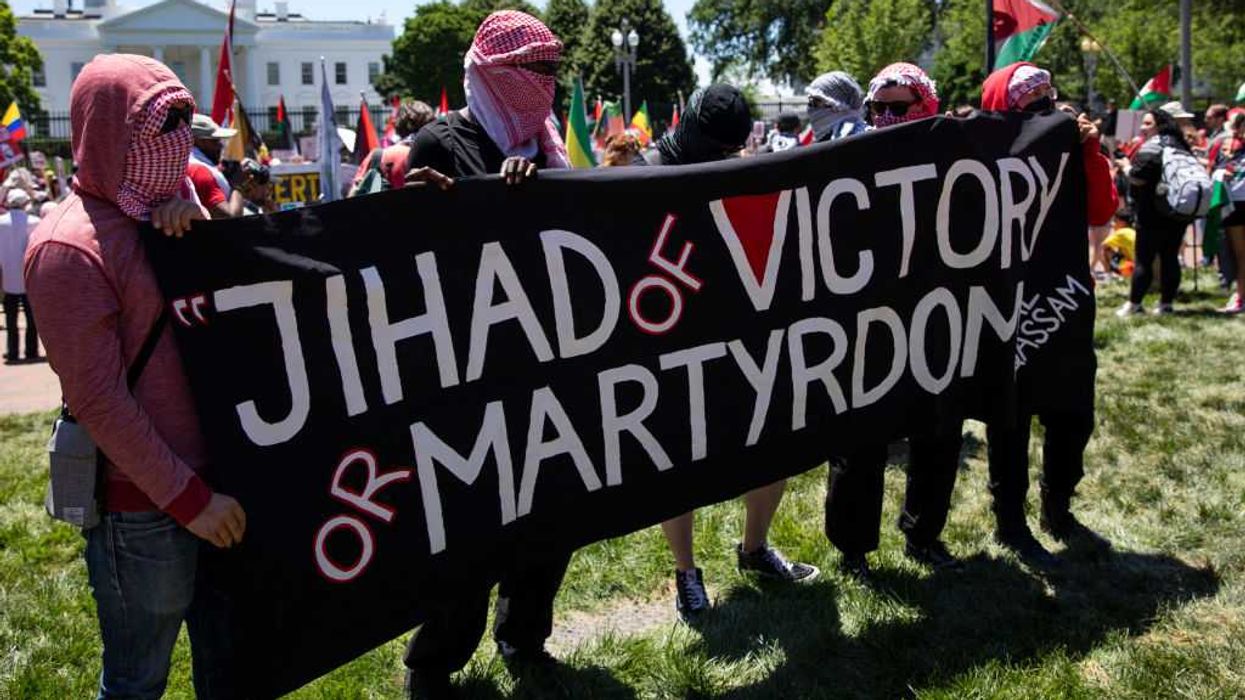Glenn has been one of the most outspoken critics of the use of ESG by globalist elites to force businesses to comply with their woke agenda. It turns out, not only is ESG bad political practice—it's bad for your wallet too.
Global Investments in ESG Funds PLUNGED 76 percent globally in 2022 from $157.3 billion to $649.1 billion in 2021, with a 20 percent decrease in the U.S. ALONE. This marked the lowest annual net inflow for ESG funds since $69 billion in 2018.

The downturn in ESG investment is largely due to the concerted effort led against ESG led by Glenn and government officials like Ron DeSantis and his anti-ESG 14-state coalition. Thanks to Glenn and DeSantis, an increasing number of states are barring their governments from taking ESG into consideration when determining their investment recipients for state pension and retirement funds. This not only protects critical American industries like oil and gas, but moreover, it protects the First Amendment rights of business owners who don't want to conform to the Left's woke environmentalist and LGBTQ+ standards.
Thanks to Glenn and DeSantis, an increasing number of states are barring their governments from taking ESG into consideration.
However, the massive plunge in ESG investment isn't only attributed to the political pushback against the practice: it also isn't yielding investors the return on investment they were hoping for. In fact, the main ESG funds have a NEGATIVE return on investment.
ESG funds were hit hard by falling equities. One of the largest ESG funds int the U.S., Parnassus Core Equity Fund (PRBLX), fell 26 PERCENT in 2022. This fund performed nearly six percent worse than the S&P 500, which fell 19.44 percent within the same period. Similarly, iShares ESG Aware MSCI USA ETF (ESGU) fell 20 percent, and Vanguard ESG U.S. Stock ETF (ESGV) plummeted 24 percent.
Even the Harvard Business Review admitted investors in ESG have "not fared well":
ESG funds certainly perform poorly in financial terms. [...] Although the highest rated funds in terms of sustainability certainly attracted more capital than the lowest rated funds, none of the high sustainability funds outperformed any of the lowest rated funds [bolded added]. That result might be expected, and it is possible that investors would be happy to sacrifice financial returns in exchange for better ESG performance.
The Harvard Business Review went on to say that ESG funds don't even benefit the environmental and social causes they tout to defend. In fact, when comparing environmental and social compliance between ESG and non-ESG funds, the
"ESG portfolios had worse compliance record for both labor and environmental rules" than their non-ESG competitors.
Let that sink in. ESG funds not only financially underperformed when compared to their non-ESG competitors. They failed to secure the very environmental and social compliance that is central to their original purpose. Missionally, practically, and financially, ESG failure is astounding.
As Glenn has long warned, the only thing that investment firms and governments should be taking into consideration regarding YOUR money is how they can get the best possible return on YOUR investment. We are seeing the detrimental consequences of what happens when woke ideology becomes the basis of investment rather than the recipient's monetary value.
The only thing that governments should take into consideration regarding YOUR money is how to get the best possible return on YOUR investment.
If political conviction alone isn't enough to persuade the general public to ditch ESG, maybe their hurting pursestrings will.
Glenn will show how ESG is being used to further globalist elites' agendas in the second installment of his Great Reset series, Dark Future. To make sure you're caught up and to learn more about ESG, enter your email below to get chapter one of Glenn's first Great Reset book sent straight to your inbox.

 JIM WATSON / Contributor | Getty Images
JIM WATSON / Contributor | Getty Images
 Joe Raedle / Staff | Getty Images
Joe Raedle / Staff | Getty Images AASHISH KIPHAYET / Contributor | Getty Images
AASHISH KIPHAYET / Contributor | Getty Images Harold M. Lambert / Contributor | Getty Images
Harold M. Lambert / Contributor | Getty Images